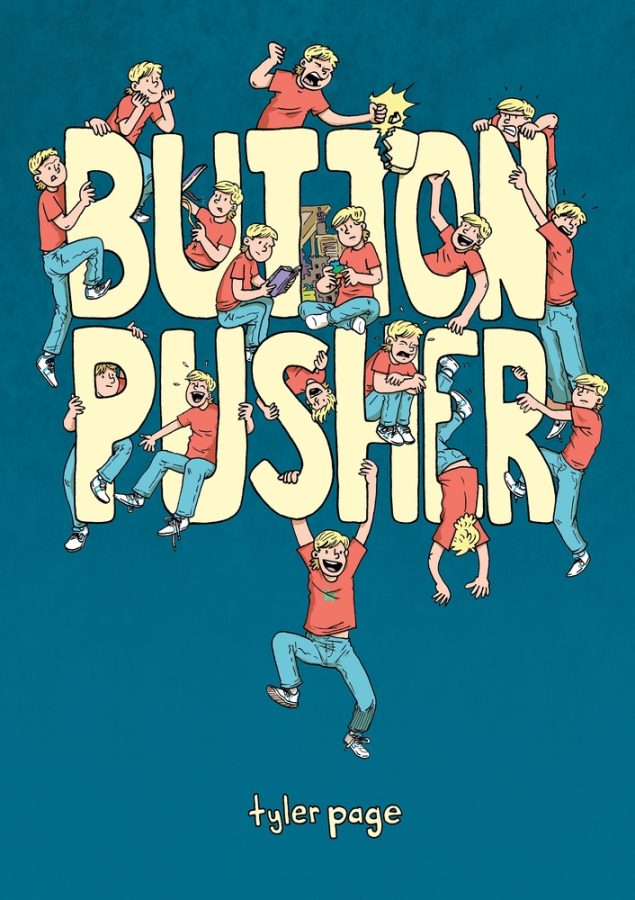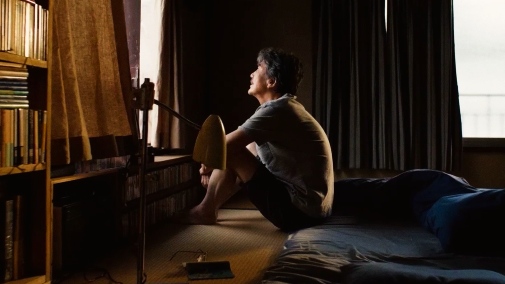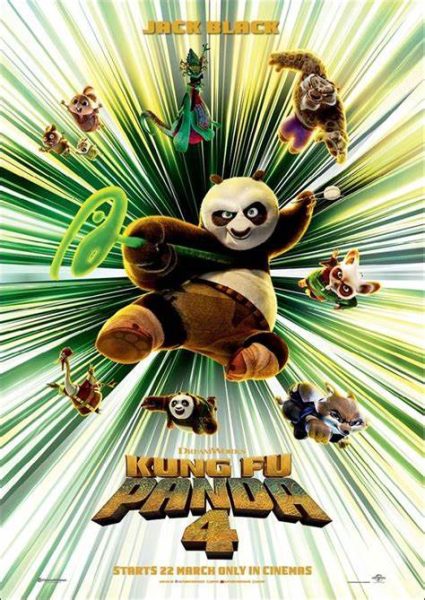Book Review: Pushing the Right Buttons
February 27, 2023
Button Pusher is a non-fiction memoir written by Tyler Page. Readers who read Diary of a Wimpy Kid and Dork Diaries in their childhood would enjoy this book in young adulthood. Page uses a comic format combined with his own creative formula of an authentic plot, language, images etc. which formed a vulnerable testimony of his childhood and young adult years.
The plot moves forward through family conflicts and a meticulous process of how Tyler came to be diagnosed with ADHD. Genetic details, diagnostic discoveries, and the try-fail-try again process made this story similar to that of a case-study. Acknowledgement of symptoms like being able to focus in a quiet setting, but not in a loud setting, clarifies what ADHD can look like. Anytime therapy did not work, medications were met with bodily tolerance, and/or Tyler was misunderstood by the other characters, tension crept up my own shoulders; Page’s raw and truthful account allowed me to feel with Tyler.
Within the plot, other characters are indirectly described through actions, unheard words, and facial expressions. The father’s explosive personality is established through many swearing speech bubbles, and the mother’s exhausted mental state is apparent in her glossy eyes. Various character plot lines tended to spread the main plot thin at times; but the lack of focus on one specific character is an indirect descriptor of ADHD.
This same descriptor was communicated through language and image interplay. Visually, redirection of attention was forced to another person, distraction, etc. because of large, obstructive, and colorful illustrations used. The words are brief, but there are choices to include doctors’ notes and factual evidence about ADHD, adding a reputation of credibility to the story and enacting an educational lens. In utilizing my psychology and visual arts knowledge, I specifically recognized the use of orange and blue in the background of different characters’ boxes on page 25. I felt the characters set in front of orange to be angry, and characters in front of blue to be sad; these suspicions were then confirmed through textual information. In this way, language and image interplay had an effective stability that the author used to control the audience’s mental images and increase similarities in interpretations between readers. I don’t think words could do what the images did in controlling my focus, and Page did this purposefully well.
There was a proper balance between the forces of child-appropriate images and adult-appropriate language; I don’t think there was “too much” of one aspect, or “not enough” of another. Page did well in telling his story from the inside out, and I applaud him for pushing the right buttons to produce such a vigorous reading experience.








